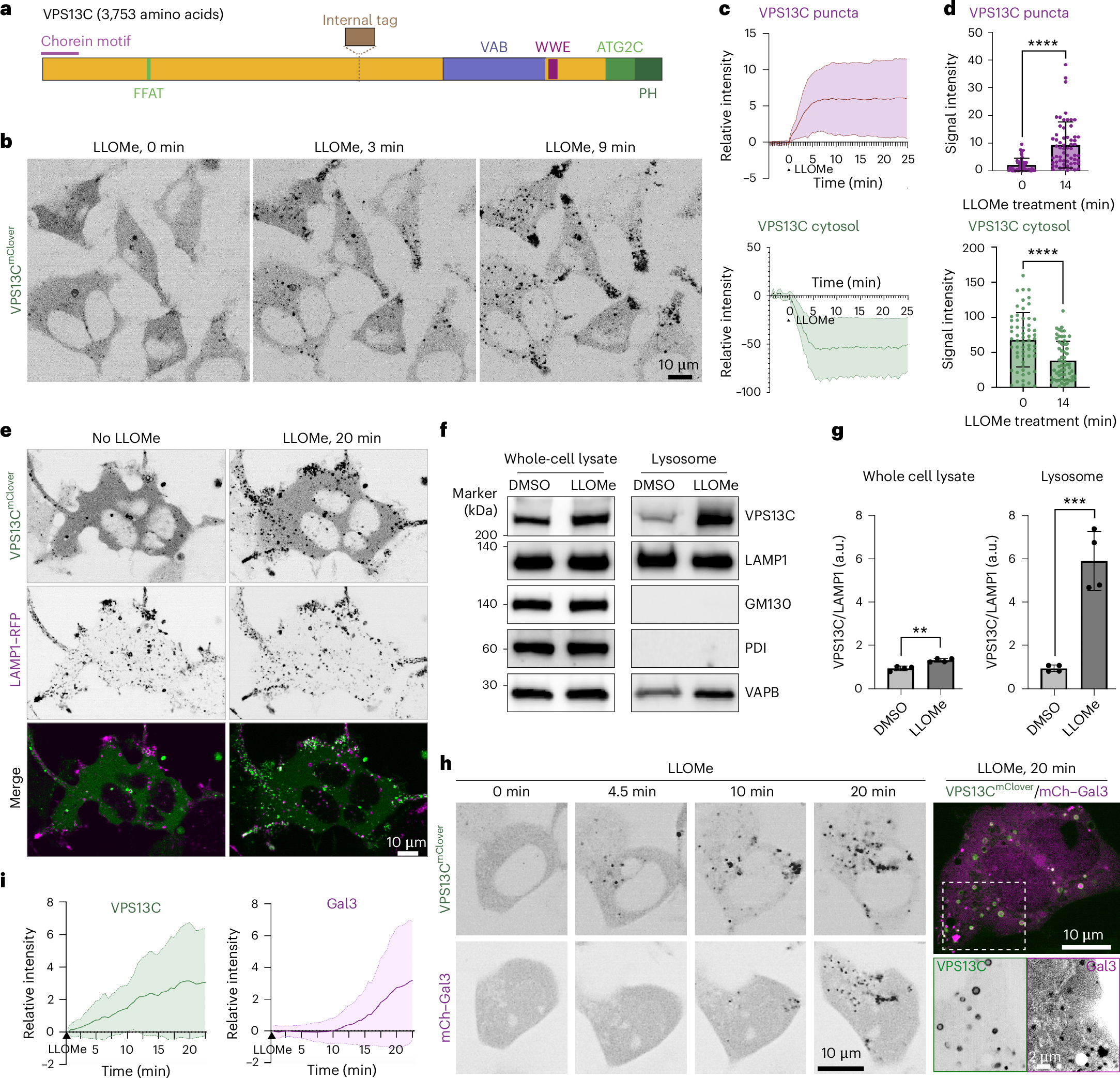2025-04-30 ワシントン州立大学(WSU)
<関連情報>
- https://news.wsu.edu/press-release/2025/04/30/once-bitten-animals-develop-resistance-that-shrinks-tick-population/
- https://www.sciencedirect.com/science/article/pii/S1877959X2500024X?via%3Dihub
マダニのライフサイクルにおける後天性抵抗性の累積的影響を明らかにする実証的研究 Linked empirical studies reveal the cumulative impact of acquired tick resistance across the tick life cycle
J.P. Owen, A. Gibbs, C.R. Jones, J.L. Brunner, K. Mason, S.M. Noh, G.A. Scoles
Ticks and Tick-borne Diseases Available online: 19 March 2025
DOI:https://doi.org/10.1016/j.ttbdis.2025.102460

Abstract
Host defenses affect tick feeding success, and thus survival and reproduction, but defensive traits have rarely been studied relative to tick population dynamics. We explored the effects of anti-tick resistance of three natural hosts against Dermacentor andersoni, the Rocky Mountain wood tick. Larval ticks were fed on Deer mice (Peromyscus maniculatus) and Cottontail rabbits (Sylvilagus nuttallii), and nymph and adult ticks were fed on cattle (Bos taurus). We compared feeding success and fecundity of ticks fed on naïve (never infested by ticks) or exposed (one prior tick infestation) hosts. We used these measures to parameterize simulations of D. andersoni population growth in a discrete time, geometric population model to understand the population-level consequences of anti-tick resistance. Prior infestation triggered tick resistance in all three host species and impacted all tick life stages. On tick-exposed hosts, an average of 23 % fewer ticks reached adulthood and adult females produced 32 % fewer larvae. Modest effects of tick resistance at each life stage had strong cumulative effects across the tick life cycle. Simulated tick population dynamics revealed that mean population growth (λ) is reduced 68 % when the life cycle is completed on hosts with prior tick exposure. Simulated populations feeding on exposed hosts were more likely to decline (λ<1) under conditions of low off-host survival and host-finding. This suggests acquired tick resistance may interact with environmental conditions and host availability to affect tick population dynamics. These data shed new light on naturally occurring biotic factors that may affect tick abundance and tick-borne pathogen transmission.


